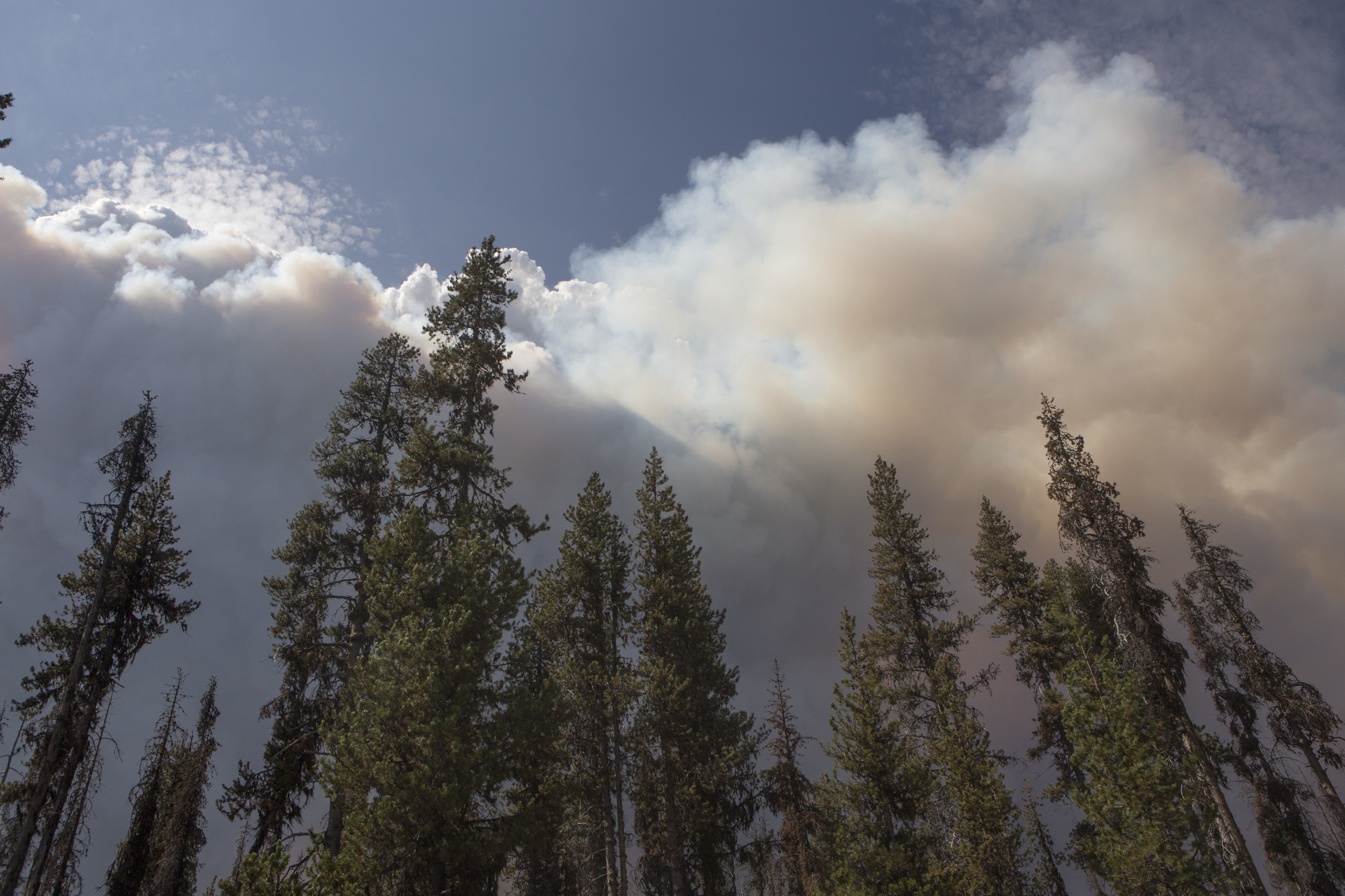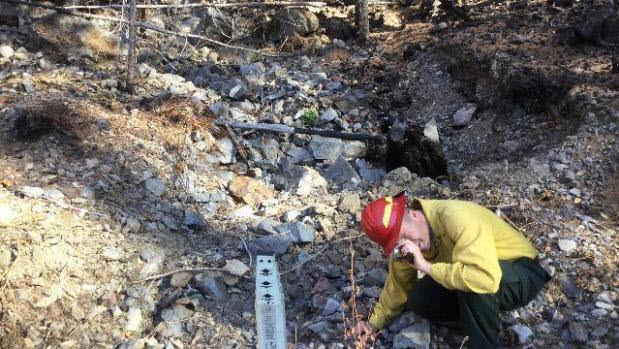Managing Fire

When we see a wildfire, our first response is to put it out. For decades, the Forest Service has done just that when it came to wildland fires. But science has changed the way we think about wildland fire and the way we manage it. We still suppress fires, especially if they threaten people and communities, but we understand that fire has a role in nature – one that can lead to healthy ecosystems. So we look for ways to manage it to play its role, for instance, by igniting prescribed fires.
The Forest Service conducts cutting-edge research and develops tools to help land managers better understand and manage fire. Our scientists study fire behavior and the effects of fire on ecosystems and society, as well as offer management options.
Fighting Fire

More than 73,000 wildfires burn an average of about 7 million acres of private, state and federal land in the U.S. each year. Forest Service firefighters respond to a significant number of those, either because they are burning on National Forest System land or because they are providing assistance to another federal, tribal, state or local partner.
We need to be prepared with highly trained people, well designed tools and high performing equipment to respond safely and effectively to forest and grassland fires. Responding to fires often requires a mix of ground firefighters and aerial firefighting aircraft.
Fire Forecasting

Predictive Services provides information about fire weather, fire danger/fuels, and intelligence/resource status information that fire managers need to anticipate significant wildfire activity and determine where to poisiton firefighters, engines, aircraft and other wildfire suppression assets to respond to it.
National Predictive Services products include weekly and monthly significant wildland fire potential outlooks, intelligence reports that are produced daily or weekly depending on wildfire activity, and annual reports.
Incident Management Teams

An Incident Management Team is a group of trained professionals that responds to national, regional or local emergencies. Although the primary purpose of an Incident Management Team (IMT) is for wildfire response, an IMT can respond to a wide range of national and international emergencies, including wildfires, floods, earthquakes, hurricanes, tornadoes, tsunami, riots, spilling of hazardous materials, and other natural or human-caused incidents.
Fire Rehabilitation and Restoration

After some wildfires, the Forest Service may need to implement rehabilitation and restoration activities. Rehabilitation and restoration is a long-term process that focuses on repairing infrastructure and natural resource damages caused by the fire.
The objective of the Burned Area Emergency Response (BAER) program is to identify post-wildfire threats to human life and safety, property and critical natural or cultural resources on National Forest System lands and take immediate actions, as appropriate, to manage unacceptable risks. This stabilization work begins before the fire is out and may continue for up to a year.
